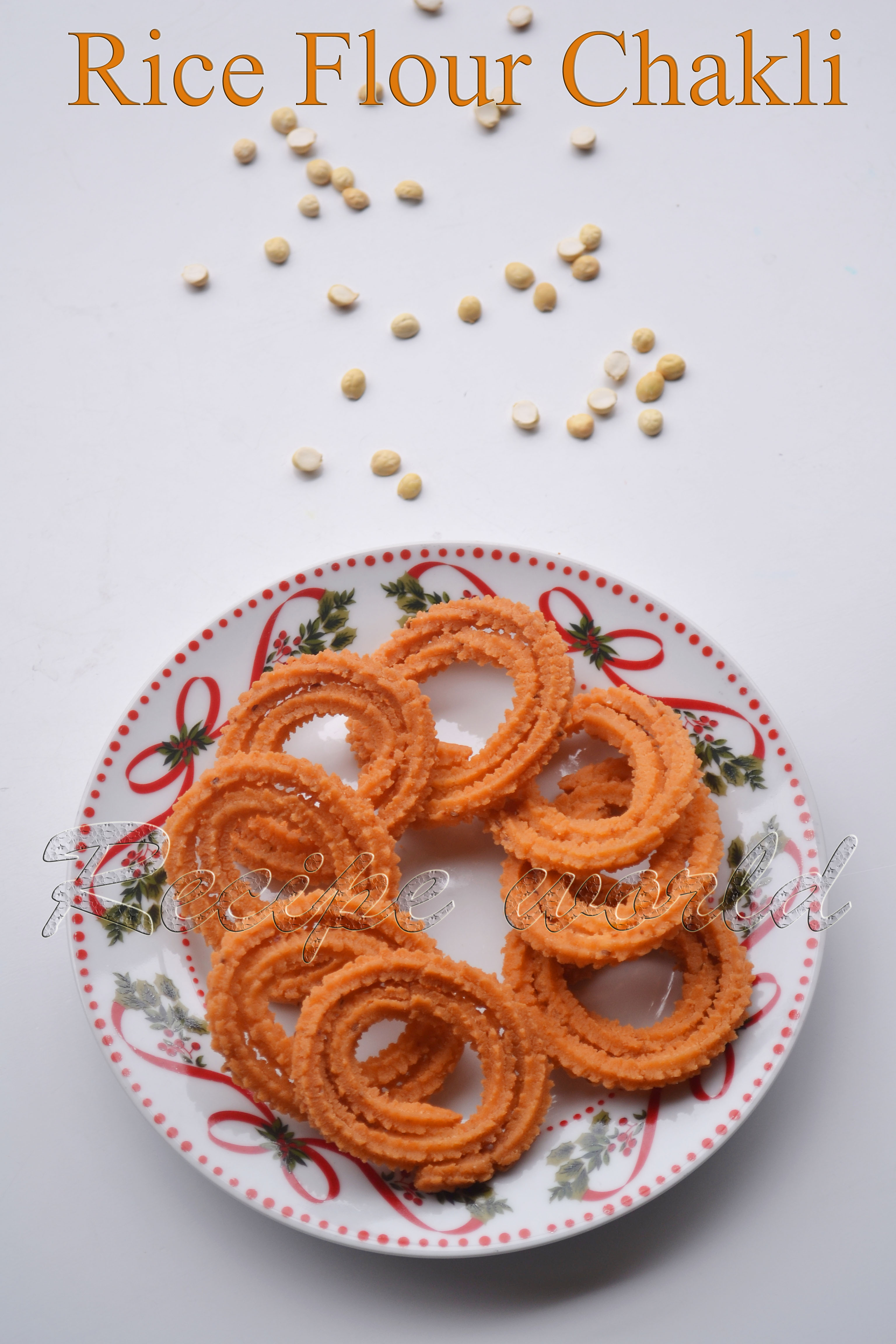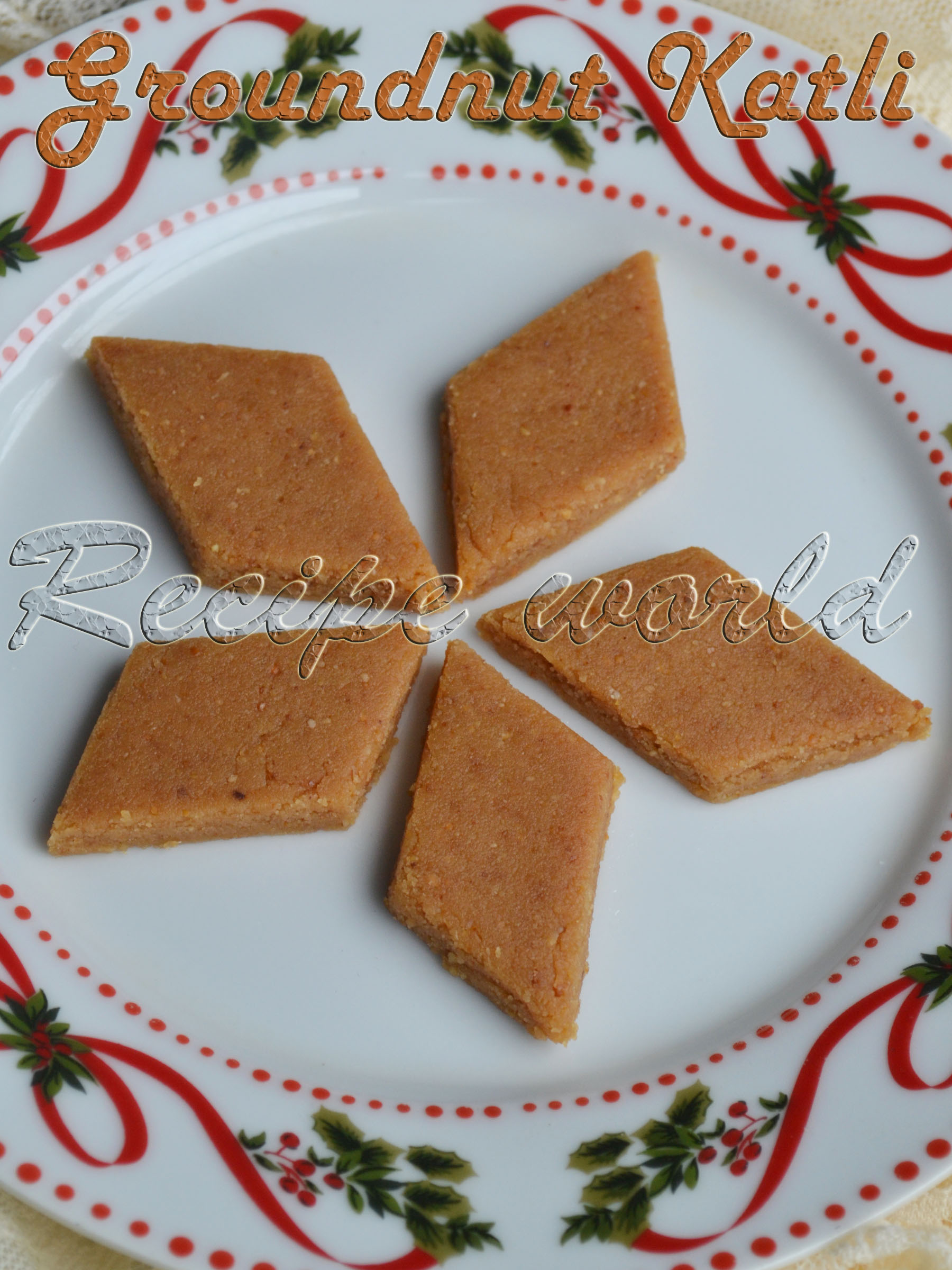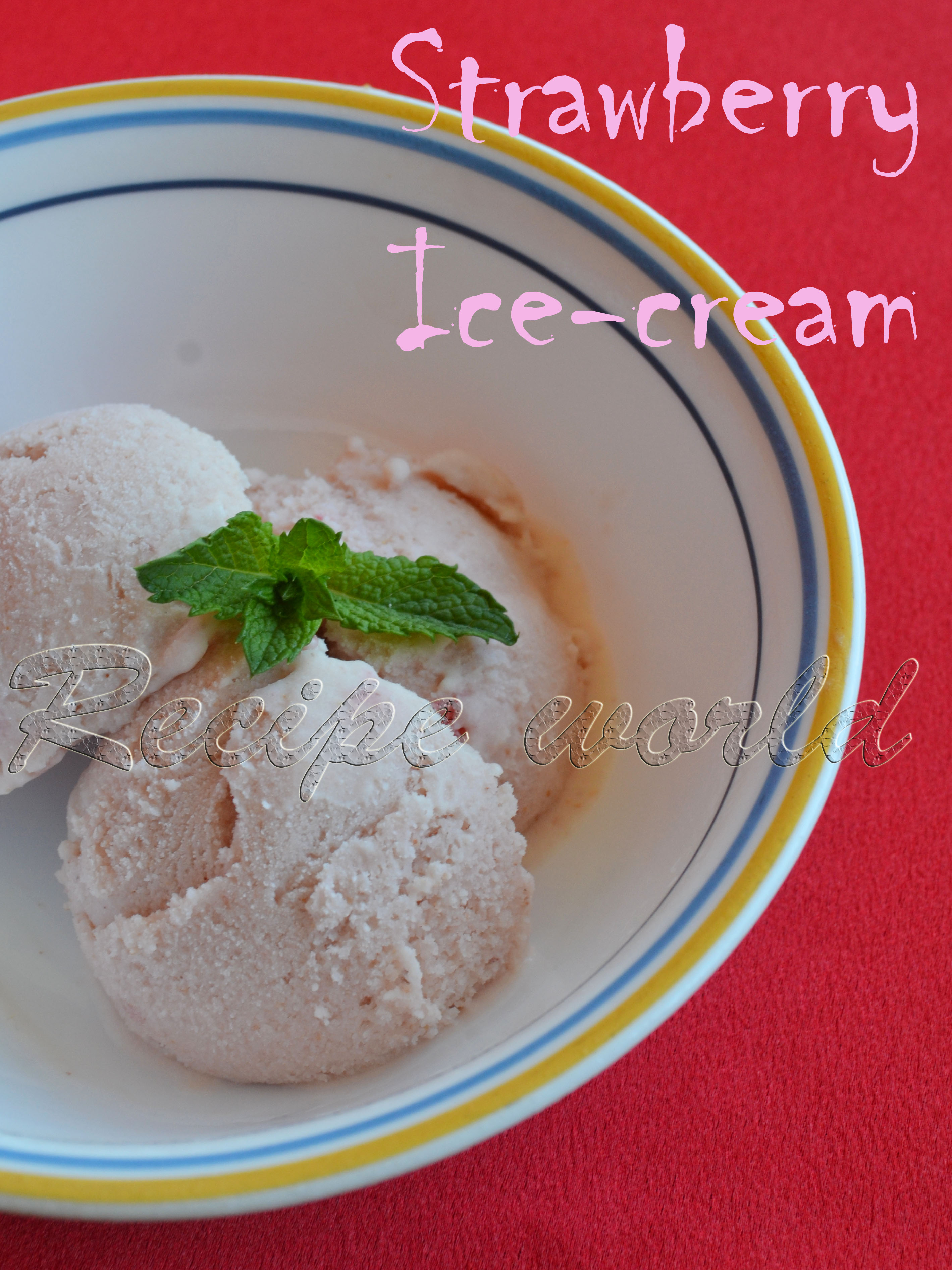During our last India trip, my sister had packed some home made Sandige Menasu (Buttermilk chillies) for us. These chillies, once fried in oil, turn out so delicious! My kids wanted to give them a try and both started liking them. We get a spicific variety of green chillies called Gokarna Menasu in our native place. The name is because of the place where they will be grown. These chillies are very mild in taste and are perfect for making Curd chillies.
Few days back, we had got a big bunch of fresh green chillies from the farmers market. I checked with my sister for the recipe and tried my hands on making Curd chillies. They were a bit spicy than what my sister gave to us, but there was no compromise in taste.
Here comes the recipe of Sandige Menasu or Curd Chillies which I learnt from my sister:
Time required: 45 minutes
Sun drying time: 1 week approx.
Difficulty level: difficult
Ingredients:
- Green chillies - 1/2 kg (mild ones are better)
- Salt - to taste
- Thick curd or thick buttermilk - 2 cups (approx)
- Urid dal - 2 tsp
- Methi seeds - 4 or 5 seeds
- Cumin seeds - 1/2 tsp
- Asafoetida / hing - 1/4 tsp
- Lime squeeze - for taste (use it if the curd is not sour)
- Water - as needed
Method:
- Wash the green chillies in water thoroughly.
- Make a slit in the chillies lengthwise, but don't separate into parts. Slit helps to absorb the curd easily.
- Heat enough water to cover the chillies.
- Once the water starts boiling, transfer the slit chillies into the boiling water and after half a minute, take all the chillies out and drain them on a cotton cloth or thick paper towel for 15 minutes.
- Spread the chillies on a wide plate and cover the plate with a thin cloth. Sun dry these chillies for two days. Then, dip them in curd mixture.
How to prepare Buttermilk mixture: Prepare the curd mixture on the second day by following the below steps:
Dry roast urid dal, methi seeds, asafoetida / hing and cumin seeds till aromatic and make a fine powder.
Take the thick curd and add the spice powder you made. Blend it in mixie for 2 minutes to make a fine mix.
Add salt according to taste. If the curd is not sour, add some lime squeeze.
- After sun drying for 2 days, immerse the chillies in the curd mixture overnight.
- Next morning, take out the chillies from the curd mixture and spread them on the plate, cover with a thin cloth and sundry them. Keep the remaining buttermilk mixture as it is.
- Put the chillies back into the curd mixture in the evening, take out and sundry them next day. Repeat it till the curd mixture gets over.
- Sun dry the chillies till they are nicely crisp and there's no water content left in them.
- Store these dried chillies in an airtight container for upto a year.
How to fry Curd chillies:
- Heat 3 - 4 tsp oil in a wok. Add 5 - 6 chillies and fry them on low flame till they turn a bit brownish.
- Turn off the flame and enjoy these fried chillies along with rice and curd.













































